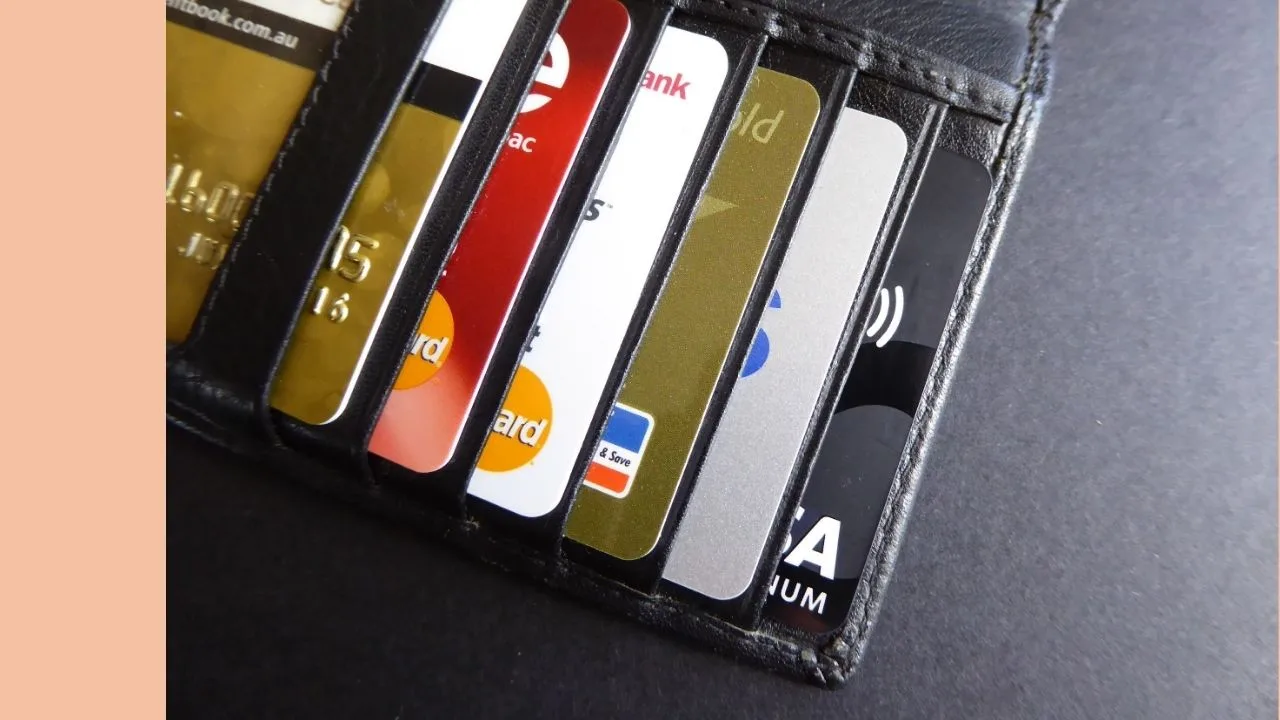Fonterra Shareholders’ Fund (ASX: FSF) released its FY19 results to the market this morning. Here’s what you need to know.
About Fonterra
Fonterra is an Australian and Kiwi agricultural co-operative. Fonterra is a world leader in the dairy/milk industry with farms in its network supplying many of the largest geographies with dairy.
The Key Points
- Net loss after tax of NZ$605 million, down 209% from a loss of NZ$196 million in FY18
- Normalised sales revenue down 2% to NZ$20.1 billion
- Normalised EBIT of NZ$819 million – down 9%
- Normalised gross margin of 15%, down from 15.4%
- New Zealand milk collections up 1% to 1,523 million kgMS
- Free cash flow of NZ$1.095 billion, up 83%
If you’re unfamiliar with the concept of normalised figures, consider watching the video below to understand how they differ to statutory figures:
During the period, Fonterra reduced the carrying value of several of its asset valuations, including those relating to DPA Brazil, Fonterra Brands New Zealand and China Farms. Management cited changes in the respective local economies, increased competition and business challenges impacting forecast earnings as reasons for the write-downs.
Management Commentary
Commenting on the results, Fonterra CEO Miles Hurrell said that although FY19 was a challenging year, it was also the year Fonterra made decisions to set it up for longer term success:
“These included us reflecting changing realities in asset values and future earnings, lifting our financial discipline, getting clear on why we exist and completing a strategy review.”
“Many of these calls were painful, but they were needed to reset our business and achieve success in the future,” he added.
Executive Chairman John Monaghan further commented, “FY19 was a year of significant challenges and change for our Co-op as we continued to fundamentally change the culture and strategy of our organisation.”
FY20 Outlook
Looking ahead to its 2020 financial year (FY20), Hurrell emphasised the importance of the Co-op’s new strategy, which involved making some “hard choices”. Over time, however, it’s expected to generate significant long-term growth.
“Simplicity shouldn’t be confused with a lack of ambition. Our forecast earnings range for FY20 starts at 15-25 cents per share, but the five-year plan is to deliver a target of 50 cents per share,” Hurrell said.
The CEO went on to say the earnings range reflects Fonterra’s change in culture, focusing on first doing the basics right and returning its balance sheet to a position of strength.
Mr Hurrell also detailed a new customer-led operating model, which will see Fonterra move from its two large, central businesses of ingredients and consumer & foodservice, to three in-market customer-facing sales and marketing units: APAC (Asia Pacific), Greater China and AMENA (Africa, Middle East, Europe, North Asia, Americas).
What Now?
As noted in an article by Rask Media’s Luke Kennelly yesterday, Fonterra has been selling off assets in order to pay down its debt. As at 31 July 2019, Fonterra was in a significant net debt position of almost NZ$6 billion. The company has set itself a target of reducing debt and the recent sale of its 50% share of DFE Pharma certainly helps.
Investors reacted positively to Fonterra’s FY19, sending shares up nearly 4% at the time of publishing. However, for now, Fonterra falls into the ‘too hard’ basket for me as my attention is on companies that reside further within my circle of competence. If you’re considering Fonterra shares, you might also consider Synlait Milk Ltd (ASX: SM1), a2 Milk Company Ltd (ASX: A2M), Bellamy’s Australia Ltd (ASX: BAL) or even Bubs Australia Ltd (ASX: BUB).
For the names of companies I would contemplate investing in before Fonterra, grab a copy of the free report below.
[ls_content_block id=”14947″ para=”paragraphs”]
Disclosure: At the time of publishing, Cathryn owns shares of A2 Milk Company.






